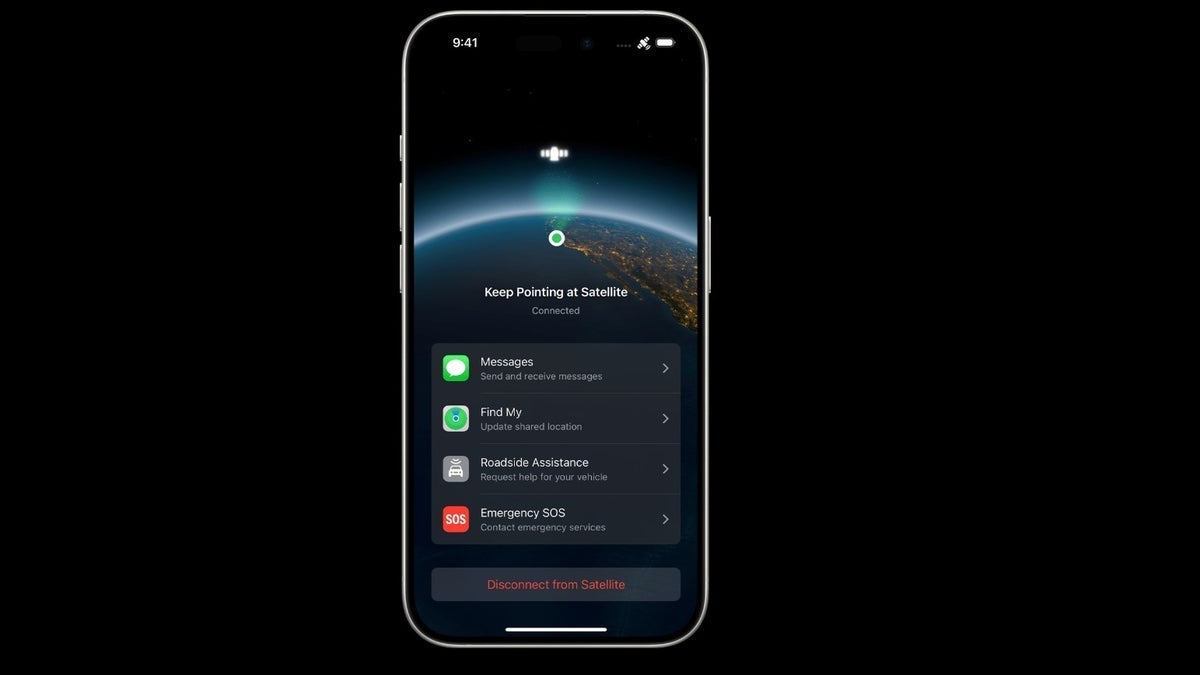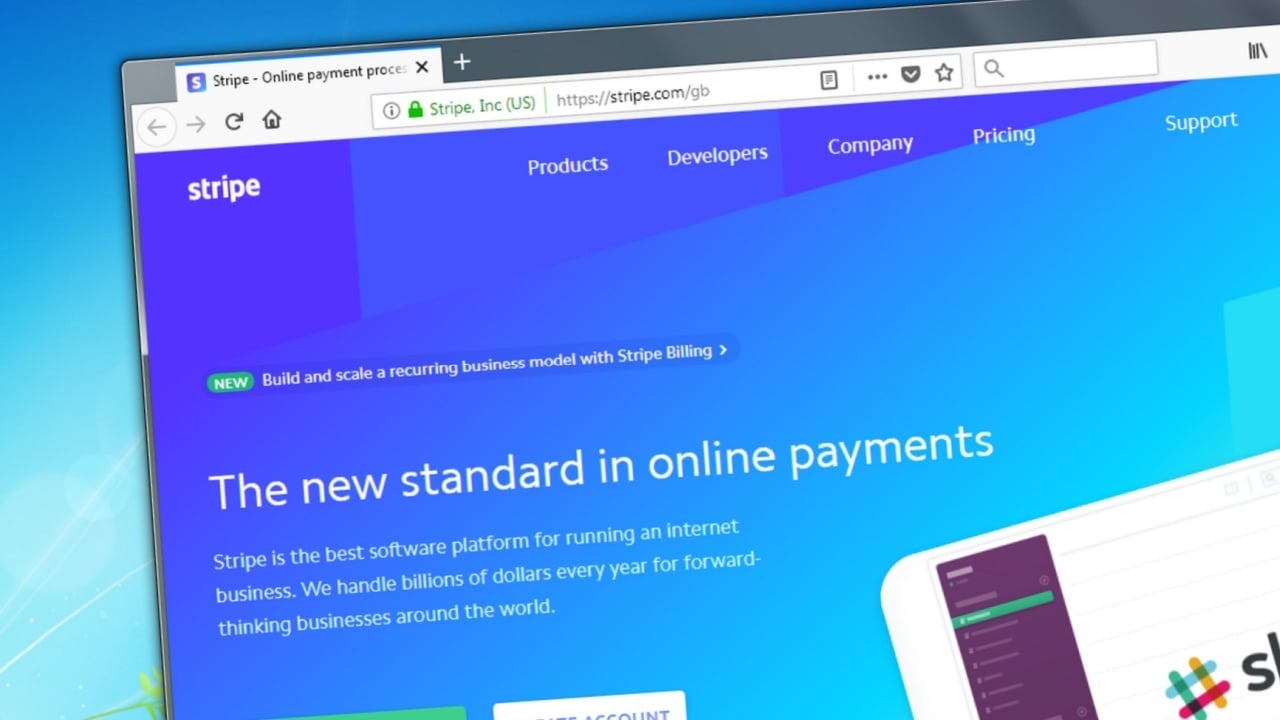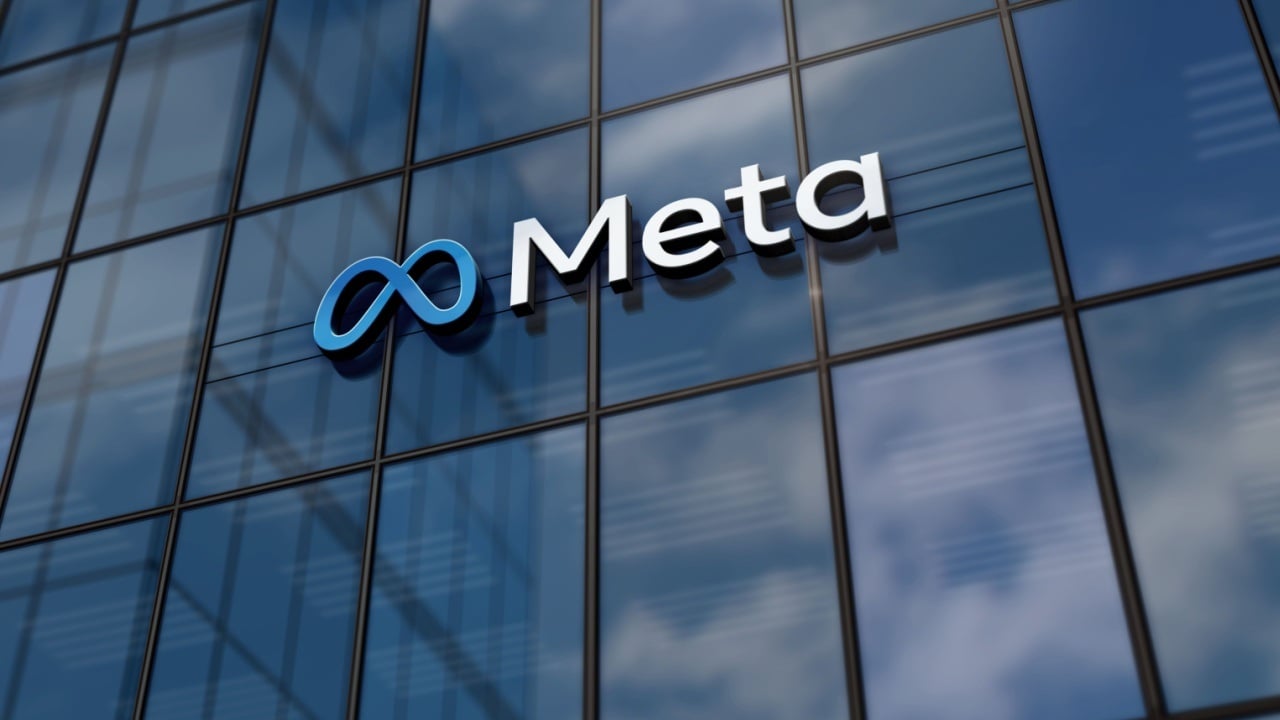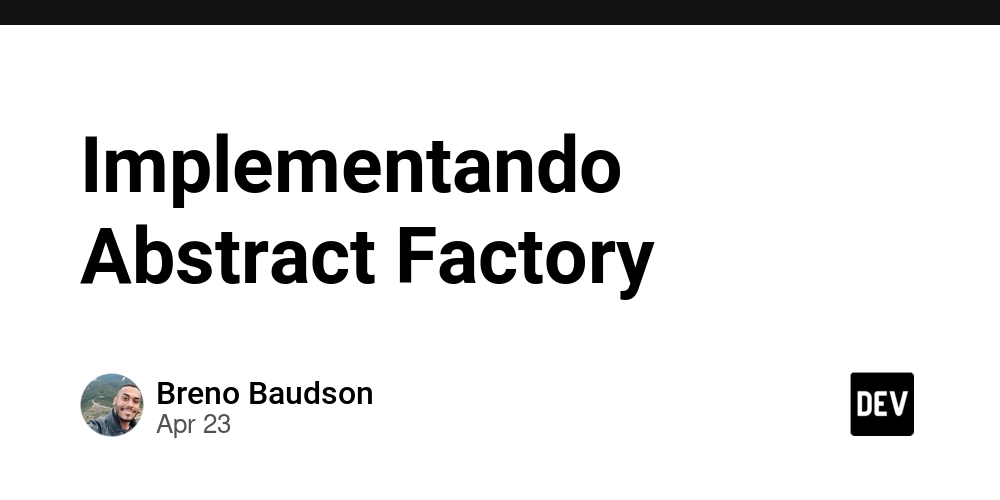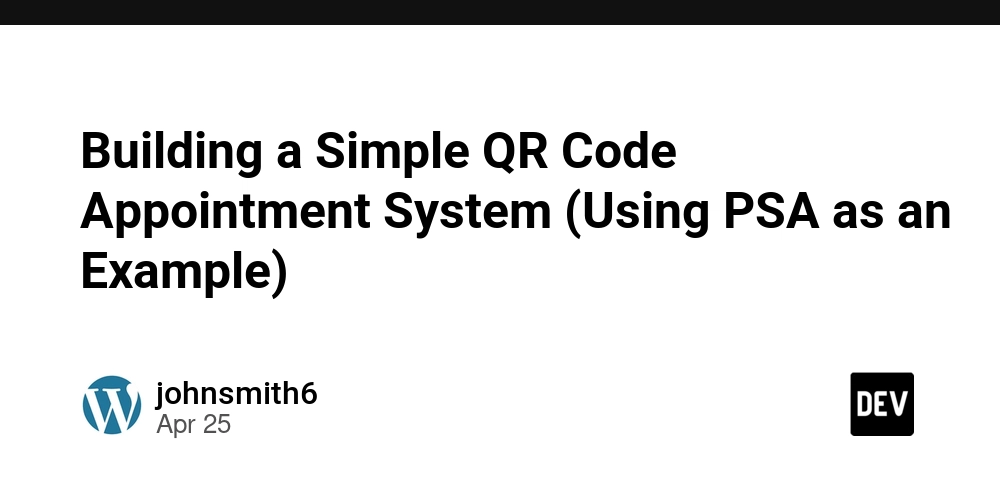Arbitrum’s Innovative Open Source Licensing: Bridging Blockchain Scalability, Open Source Collaboration, and NFT Innovation
Abstract Arbitrum, a leading Layer 2 scaling solution by Offchain Labs, is revolutionizing blockchain technology by combining open source licensing and dual licensing models with enhanced scalability and security. This post provides a holistic exploration of Arbitrum’s innovative strategy, examining its background, core concepts, practical use cases in NFT marketplaces and DeFi platforms, challenges ahead, and the promising future of an interconnected ecosystem. We also delve into community-driven governance, sustainable funding models, and interoperability which sets Arbitrum apart in today’s digital economy. For more detailed original insights, check out the original article. Introduction Blockchain technology is constantly evolving. In today’s fast-paced digital economy, scalability, security, and sustainable innovation are essential. Arbitrum stands at the forefront by offering a sophisticated open source licensing approach that drives transparency, collaboration, and rapid innovation. This blog post not only unpacks how Arbitrum leverages permissive licenses like the Apache License 2.0 combined with a dual licensing strategy but also explains why this model is essential for fostering an ecosystem that supports NFT innovation and decentralized finance (DeFi). Our discussion will include: Background on blockchain scalability and open source licensing An explanation of Arbitrum’s core concepts and features Practical applications and use cases in real-world scenarios Analysis of challenges and limitations Future trends and innovations in the open source and blockchain space Background and Context Blockchain began as a niche idea and has grown into a transformative technology. Ethereum, the pioneer for decentralized applications (DApps), paved the way for scalable solutions. However, network congestion and high gas fees necessitated Layer 2 solutions. Arbitrum addresses these issues using rollup technology that bundles transactions off-chain, while periodically committing security proofs on Ethereum’s main chain. Open source is the lifeblood of blockchain innovation. By making code publicly available, developers enjoy transparency, security audits, and the ability to contribute collaboratively. Arbitrum’s model takes open source to the next level by adopting a dual licensing strategy that caters both to community-driven projects and commercial deployments. This ensures that while anyone can utilize and improve the code under permissive terms, organizations tapping into the commercial potential adhere to stricter guidelines. Key concepts in this context include: Transparency: Open code allows continuous peer review. Dual Licensing: Arbitrum’s approach combines the generosity of licenses like Apache 2.0 with additional obligations for commercial use. Community Governance: Decision-making is democratized through active participation by developers, ensuring high-quality code and streamlined integration. Sustainable Funding: Through community sponsorships, corporate partnerships, and tokenized incentives, Arbitrum guarantees long-term growth and innovation. This evolution is evident in broader discussions on open source development funding and regulatory challenges outlined in resources such as the Copyleft Licenses Ultimate Guide. Core Concepts and Features Arbitrum’s unique approach revolves around several key concepts that ensure the success of its open source strategy, enhanced security, and interoperability. 1. Dual Licensing for Flexibility Arbitrum employs a dual licensing model to balance broad community use with the need for commercial control. The model uses the permissive Apache License 2.0 for community projects but adds stricter governance for enterprise applications. This strategy ensures a secure, auditable codebase while incentivizing high-quality contributions. Below is a comparison table summarizing the differences between the core licensing models: License Model Characteristics Usage Context Apache 2.0 Permissive, allows modification and free redistribution; includes patent protection. Suitable for open source communities and start-ups. Dual Licensing Offers two sets of licensing terms: one for open collaboration and another with commercial obligations. Ideal for enterprise deployments and commercial ventures. 2. Community Governance and Open Source Collaboration A robust governance framework is a cornerstone of Arbitrum’s success. The platform encourages developers to submit pull requests, propose upgrades, and participate in rigorous peer reviews. This process ensures that all code modifications are scrutinized by experts, reducing vulnerabilities and steering the project towards sustainable growth. Key Features Include: Transparent Development Process: Every update is accessible, enabling audit trails. Steering Committee: Comprising core contributors and community representatives that gui
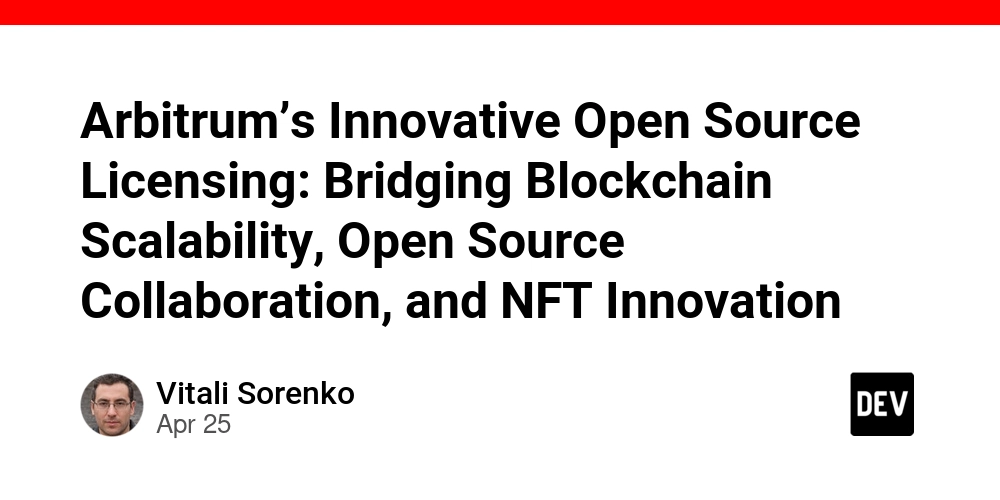
Abstract
Arbitrum, a leading Layer 2 scaling solution by Offchain Labs, is revolutionizing blockchain technology by combining open source licensing and dual licensing models with enhanced scalability and security. This post provides a holistic exploration of Arbitrum’s innovative strategy, examining its background, core concepts, practical use cases in NFT marketplaces and DeFi platforms, challenges ahead, and the promising future of an interconnected ecosystem. We also delve into community-driven governance, sustainable funding models, and interoperability which sets Arbitrum apart in today’s digital economy. For more detailed original insights, check out the original article.
Introduction
Blockchain technology is constantly evolving. In today’s fast-paced digital economy, scalability, security, and sustainable innovation are essential. Arbitrum stands at the forefront by offering a sophisticated open source licensing approach that drives transparency, collaboration, and rapid innovation. This blog post not only unpacks how Arbitrum leverages permissive licenses like the Apache License 2.0 combined with a dual licensing strategy but also explains why this model is essential for fostering an ecosystem that supports NFT innovation and decentralized finance (DeFi).
Our discussion will include:
- Background on blockchain scalability and open source licensing
- An explanation of Arbitrum’s core concepts and features
- Practical applications and use cases in real-world scenarios
- Analysis of challenges and limitations
- Future trends and innovations in the open source and blockchain space
Background and Context
Blockchain began as a niche idea and has grown into a transformative technology. Ethereum, the pioneer for decentralized applications (DApps), paved the way for scalable solutions. However, network congestion and high gas fees necessitated Layer 2 solutions. Arbitrum addresses these issues using rollup technology that bundles transactions off-chain, while periodically committing security proofs on Ethereum’s main chain.
Open source is the lifeblood of blockchain innovation. By making code publicly available, developers enjoy transparency, security audits, and the ability to contribute collaboratively. Arbitrum’s model takes open source to the next level by adopting a dual licensing strategy that caters both to community-driven projects and commercial deployments. This ensures that while anyone can utilize and improve the code under permissive terms, organizations tapping into the commercial potential adhere to stricter guidelines.
Key concepts in this context include:
- Transparency: Open code allows continuous peer review.
- Dual Licensing: Arbitrum’s approach combines the generosity of licenses like Apache 2.0 with additional obligations for commercial use.
- Community Governance: Decision-making is democratized through active participation by developers, ensuring high-quality code and streamlined integration.
- Sustainable Funding: Through community sponsorships, corporate partnerships, and tokenized incentives, Arbitrum guarantees long-term growth and innovation.
This evolution is evident in broader discussions on open source development funding and regulatory challenges outlined in resources such as the Copyleft Licenses Ultimate Guide.
Core Concepts and Features
Arbitrum’s unique approach revolves around several key concepts that ensure the success of its open source strategy, enhanced security, and interoperability.
1. Dual Licensing for Flexibility
Arbitrum employs a dual licensing model to balance broad community use with the need for commercial control. The model uses the permissive Apache License 2.0 for community projects but adds stricter governance for enterprise applications. This strategy ensures a secure, auditable codebase while incentivizing high-quality contributions.
Below is a comparison table summarizing the differences between the core licensing models:
| License Model | Characteristics | Usage Context |
|---|---|---|
| Apache 2.0 | Permissive, allows modification and free redistribution; includes patent protection. | Suitable for open source communities and start-ups. |
| Dual Licensing | Offers two sets of licensing terms: one for open collaboration and another with commercial obligations. | Ideal for enterprise deployments and commercial ventures. |
2. Community Governance and Open Source Collaboration
A robust governance framework is a cornerstone of Arbitrum’s success. The platform encourages developers to submit pull requests, propose upgrades, and participate in rigorous peer reviews. This process ensures that all code modifications are scrutinized by experts, reducing vulnerabilities and steering the project towards sustainable growth.
Key Features Include:
- Transparent Development Process: Every update is accessible, enabling audit trails.
- Steering Committee: Comprising core contributors and community representatives that guide major decisions.
- Inclusive Models: Participation is open to both experienced developers and newcomers, fostering an inclusive environment that values each contribution.
3. Enhanced Security Through Open Source Methodologies
Security is paramount in any blockchain technology. Arbitrum leverages open source transparency to allow multiple experts to identify and rectify potential bugs. Automated tools like continuous integration, fuzz testing, and static code analysis are part of its robust security ecosystem. These practices fit seamlessly with global cybersecurity standards, ensuring that digital assets remain safeguarded.
4. Interoperability and Ecosystem Integration
Arbitrum's design supports interoperability with Ethereum’s EVM standards; thus, it's compatible with popular DeFi and NFT platforms. This interoperability is key to:
- Asset Tokenization: Seamlessly deploying smart contracts across different projects.
- NFT Innovation: NFT marketplaces enjoy reduced gas fees and faster transaction times, encouraging experimental minting and trading techniques.
- Decentralized Finance (DeFi): Platforms like Uniswap and Sushiswap can implement advanced financial protocols without compromising security.
5. Sustainable Funding Models and Modular Architecture
Arbitrum’s funding strategy is as innovative as its technology. Funding comes from:
- Community Sponsorships: Platforms such as GitHub Sponsors and initiatives outlined in Open Source Project Funding Solutions help keep development sustainable.
- Corporate Partnerships and Grants: These sources ensure critical infrastructure development.
- Tokenized Incentives: Blockchain-native rewards are granted for contributions, encouraging continuous improvements.
Arbitrum’s modular architecture allows for easy integration of new protocols, simplifies the upgrading process, and includes rollback mechanisms for emergency stability.
Applications and Use Cases
Arbitrum’s licensing approach and robust technical foundation have led to practical applications across multiple domains, particularly in DeFi and NFT marketplaces.
1. Scalable DeFi Platforms
Decentralized finance is one of the standout sectors utilizing Arbitrum’s capabilities. Platforms like Uniswap and Sushiswap have integrated Arbitrum to reap benefits in scalability and cost-efficiency. Transactions are processed with near-instant settlement and significantly lower gas fees.
Example Scenario:
- A user executes a token swap on an Arbitrum-powered Uniswap deployment.
- The efficient rollup mechanism processes transactions faster while maintaining Ethereum level security.
- Open source principles ensure that any detected vulnerabilities are patched quickly via community contributions.
2. NFT Marketplaces and Art Platforms
The NFT space, teeming with innovation, has also benefited from lower transaction fees and improved scalability. Platforms such as TreasureDAO and Loot use Arbitrum to mint and trade NFTs seamlessly. This interoperability means artists and collectors can engage in new creative experiments without the financial friction typically associated with high fees.
Example Scenario:
- An artist launches a digital art collection on an NFT marketplace built on Arbitrum.
- Collectors enjoy rapid purchase and resale transactions due to minimal gas fees.
- By leveraging dual licensing, both community and commercial interests are balanced, ensuring continuous updates and security.
3. Enterprise Blockchain Solutions
Beyond consumer-facing applications, enterprises leverage Arbitrum’s secure and auditable framework for tasks such as cross-border payments, supply chain management, and digital identity verification.
Example Scenario:
- A multinational corporation integrates Arbitrum for streamlining cross-border financial transactions.
- The system’s modular architecture supports quick integration with enterprise-grade security measures.
- Corporate partnerships bolster the funding necessary to continuously enhance the platform.
Benefits Overview
Some of the key benefits of Arbitrum’s approach include:
- Scalability: Handling thousands of transactions per second.
- Security: Rigorous open source reviews and testing.
- Interoperability: Full compatibility with Ethereum and EVM standards.
- Community Engagement: Inclusive governance that fosters innovation.
- Sustainable Funding: Diverse funding channels ensure long-term development.
Challenges and Limitations
Despite its promising capabilities, Arbitrum faces challenges that need continuous attention to sustain its growth.
1. Technical Complexity and Integration
Implementing a dual licensing model in the rapid pace of blockchain development is inherently challenging. Integrating consistent licensing practices across diverse modules and keeping the codebase updated demands persistent effort and maintenance.
2. Managing Security and Vulnerabilities
While open source transparency enhances security through community reviews, it does expose the project to potential vulnerabilities. The high volume of external contributions may lead to inconsistencies; hence, thorough security audits remain essential to fix bugs efficiently.
3. Sustaining Funding in a Volatile Market
Although funding mechanisms such as tokenized incentives and corporate grants are in place, ensuring a steady flow of financial support is an ongoing struggle. Balancing community-driven funding with commercial requirements is complex in a fluctuating market.
4. Legal and Regulatory Uncertainties
The legal landscape for blockchain and open source projects is rapidly evolving. Arbitrum must navigate diverse jurisdictional regulations while maintaining its open source ethos—a delicate balancing act between innovation and regulatory compliance. Resources like the Copyleft Licenses Ultimate Guide offer additional context on these challenges.
5. Adoption and Developer Engagement
Mass adoption requires more than innovative technology. Arbitrum must invest in education, clear documentation, and robust onboarding processes to lower the barriers for new developers and users. Ensuring that all stakeholders grasp the nuances of dual licensing and governance is an ongoing task.
6. Governance and the Threat of Forking
Decentralized governance, while a strength, also opens the possibility of code forks that can fragment the project. Maintaining a unified development strategy within a decentralized framework is a key challenge as the platform scales.
Future Outlook and Innovations
Looking ahead, the future for Arbitrum appears robust and filled with new possibilities.
Scaling to New Heights
Arbitrum is expected to further enhance scalability by integrating advanced interoperability features and novel cryptographic techniques, such as zero-knowledge proofs. These innovations will reduce latency and improve transaction throughput.
Expanding the Developer Ecosystem
As the developer community grows globally, efforts to simplify onboarding and provide comprehensive toolboxes will increase. Enhanced tools for automated testing, continuous integration, and secure code auditing promise to boost productivity and innovation within the ecosystem.
Sustainable Funding and Community Initiatives
Innovative funding pathways, including expanded corporate sponsorships and decentralized funding platforms, will continue to drive sustainability. Initiatives such as Open Source Project Funding Solutions and community sponsorship programs will play a critical role in maintaining long-term innovation.
Security, Privacy, and Regulatory Alignment
Future iterations of Arbitrum may incorporate state-of-the-art cryptography and privacy enhancements to better align with regulatory requirements worldwide. Increased transparency through blockchain-based audit trails will further fortify trust and compliance in an increasingly interconnected regulatory environment.
Cross-Industry Integration and NFT Expansion
Arbitrum’s seamless integration with NFT marketplaces will continue to push the boundaries of digital art and asset tokenization. Collaborations across different industries—from finance to entertainment—will spur more innovative applications, making NFTs even more integral to digital ownership and creative expression.
Additional Perspectives from the Developer Community
The importance of open source licensing and community governance has been widely discussed by experts in the field. For instance:
- Check out this insightful Dev.to post on Arbitrum transforming NFT marketplaces for a deeper dive into how scalability and licensing impact digital collectibles.
- Explore this article on contributor license agreements which sheds light on balancing legal protection with open collaboration.
- For insights into community governance, refer to this piece on decentralized decision-making.
These perspectives from industry experts underscore how open source licensing, transparency, and sustainable funding are pivotal to driving innovation in blockchain technology.
Summary
Arbitrum’s innovative open source licensing approach represents a landmark moment in blockchain evolution. By combining the flexibility of the Apache License 2.0 with a rigorous dual licensing model, Arbitrum creates an ecosystem that is secure, scalable, and transparent. This framework not only fuels rapid advancements in DeFi and NFT marketplaces but also encourages broad-based community governance and sustainable funding.
Key takeaways include:
- Dual Licensing provides flexibility for both community-driven projects and commercial applications, ensuring optimal resource allocation.
- Community Governance establishes a robust, transparent decision-making process essential for high-quality code and rapid innovation.
- Enhanced Security and Interoperability enable seamless integration with major platforms like Ethereum, reducing costs and accelerating transaction processing.
- Sustainable Funding Models ensure the longevity of open source projects, despite market fluctuations and evolving regulatory landscapes.
- Challenges such as technical complexity, legal uncertainties, and managing contributions remain, and will require ongoing collaboration and adaptive governance.
As blockchain technology continues to mature, Arbitrum’s approach sets a compelling blueprint for the future. By merging open source collaboration with a strong licensing framework, Arbitrum not only tackles current limitations but also paves the way for a more interconnected, innovative, and sustainable digital ecosystem.
For further exploration of cutting-edge trends in blockchain scalability and NFT innovation, consider visiting News AI News Q1 2025 and KI Trends Deutschland 2025 Q1. These resources provide additional context on market trends and technology advancements that complement Arbitrum’s promising roadmap.
Conclusion
Arbitrum’s forward-thinking open source licensing strategy represents a decisive leap for blockchain technology and NFT innovation. Its dual licensing model, transparent governance, and robust technical framework are not only improving scalability and security, but also fostering sustainable collaboration among developers and enterprises alike.
As industries continue to embrace decentralized finance and digital asset tokenization, Arbitrum’s model serves as a beacon for best practices in open source development. By addressing the challenges of rapid innovation, security, legal uncertainty, and funding limitations, Arbitrum is well-positioned to lead the next phase of blockchain evolution. Stay engaged with the community, contribute where possible, and follow the evolution of platforms like Arbitrum as they shape the future of innovation.
For any further reading and technical insights, please also refer to:
By continuously exploring and leveraging these innovative themes, the blending of open source licensing with blockchain scalability opens new horizons for sustainable growth in the digital era.






























































































































































![[The AI Show Episode 143]: ChatGPT Revenue Surge, New AGI Timelines, Amazon’s AI Agent, Claude for Education, Model Context Protocol & LLMs Pass the Turing Test](https://www.marketingaiinstitute.com/hubfs/ep%20143%20cover.png)














































































































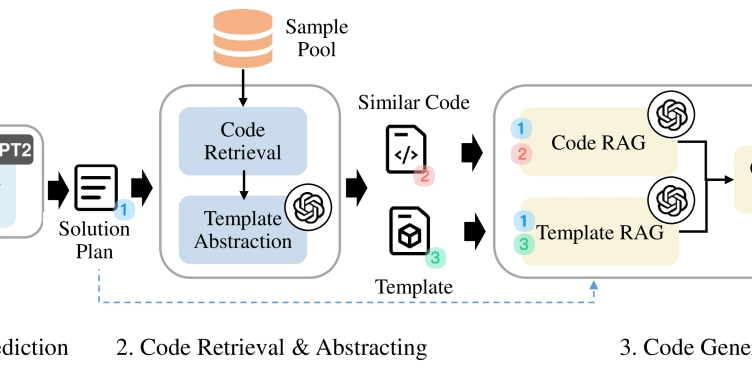
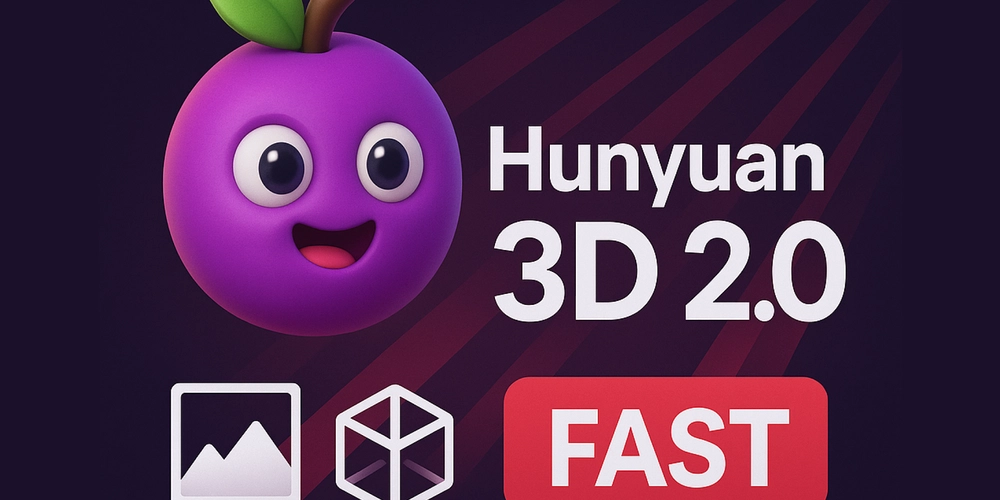











![[FREE EBOOKS] AI and Business Rule Engines for Excel Power Users, Machine Learning Hero & Four More Best Selling Titles](https://www.javacodegeeks.com/wp-content/uploads/2012/12/jcg-logo.jpg)





















































































































































































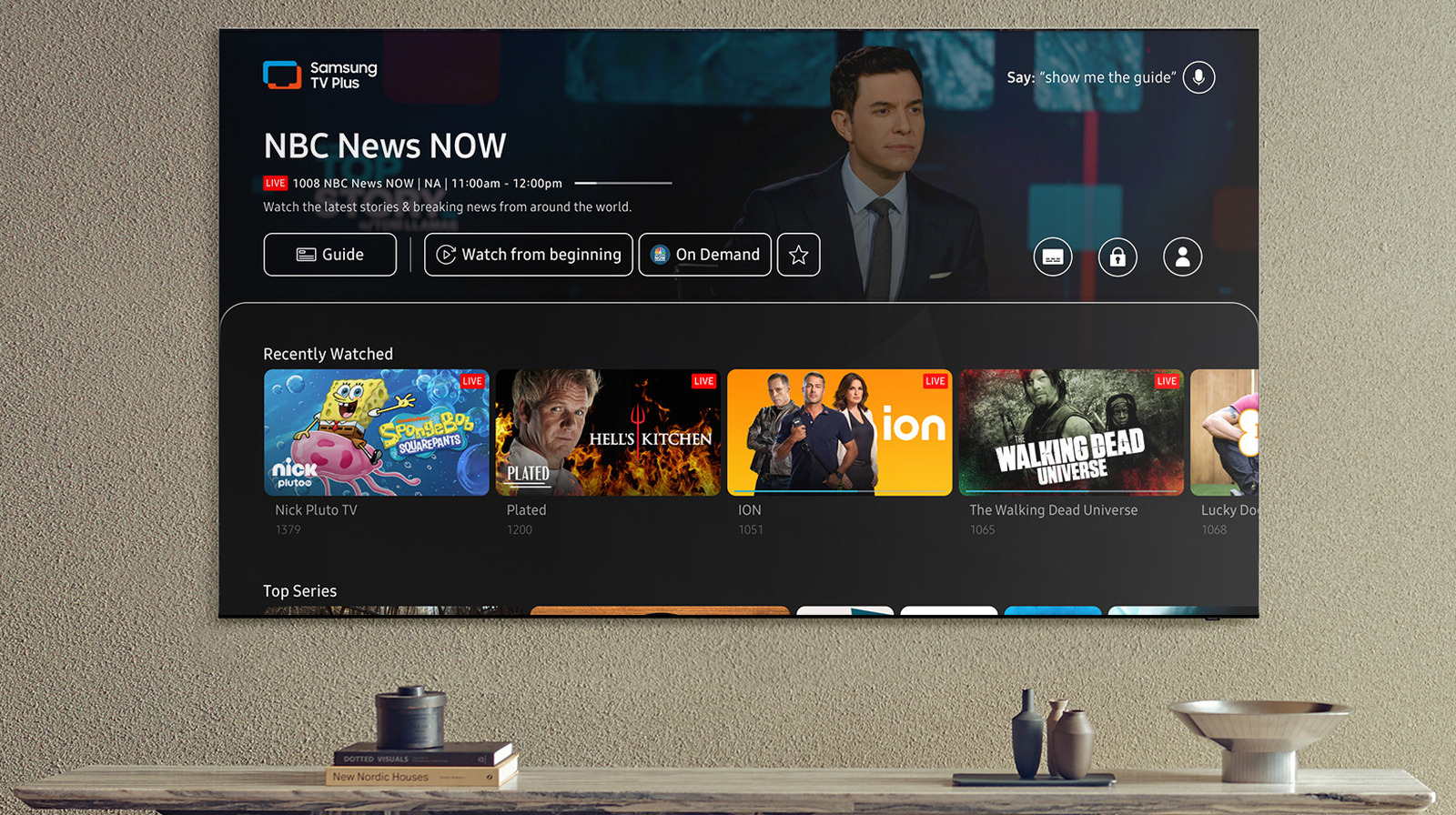





















































![Hostinger Horizons lets you effortlessly turn ideas into web apps without coding [10% off]](https://i0.wp.com/9to5mac.com/wp-content/uploads/sites/6/2025/04/IMG_1551.png?resize=1200%2C628&quality=82&strip=all&ssl=1)




![This new Google TV streaming dongle looks just like a Chromecast [Gallery]](https://i0.wp.com/9to5google.com/wp-content/uploads/sites/4/2025/04/thomson-cast-150-google-tv-1.jpg?resize=1200%2C628&quality=82&strip=all&ssl=1)











![iPadOS 19 May Introduce Menu Bar, iOS 19 to Support External Displays [Rumor]](https://www.iclarified.com/images/news/97137/97137/97137-640.jpg)

![Apple Drops New Immersive Adventure Episode for Vision Pro: 'Hill Climb' [Video]](https://www.iclarified.com/images/news/97133/97133/97133-640.jpg)
















































